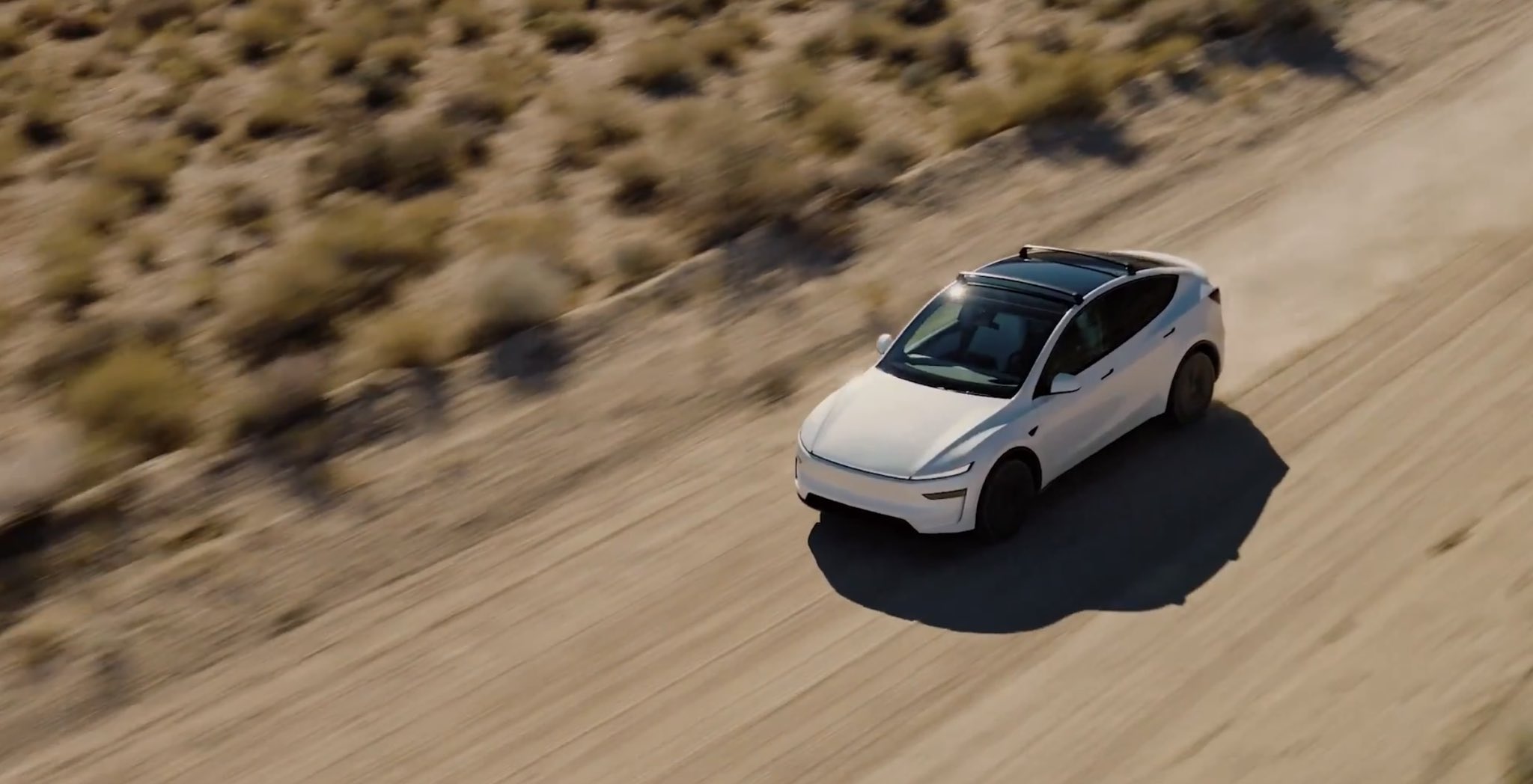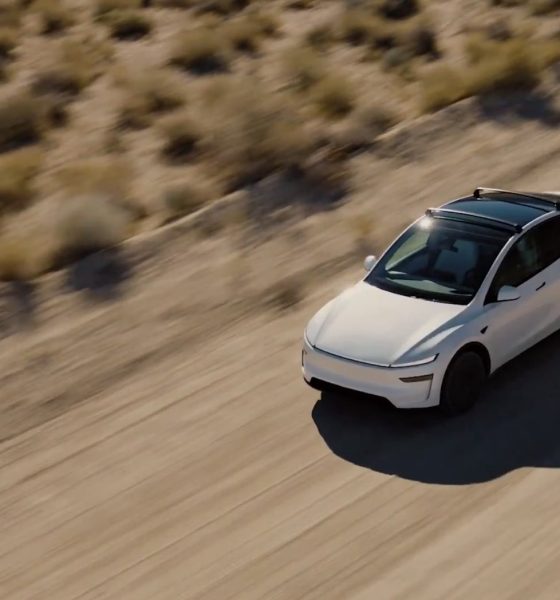Tesla has shared a new video about the design and engineering of the refreshed Model Y, revealing a few new features and talks from some of the company’s top executives.
In a new video released on social media on Saturday, Tesla shared a few new details about the design and engineering of the so-called Model Y “Juniper,” which the company launched in multiple markets in recent weeks as expected. The interview features Head of Design Franz von Holzhausen, who talks about the approach to the design of the new Model Y, along with interviews with multiple other executives and engineers from the company.
“When we set out to redesign the Model Y, we looked at trying to give the car a little bit more of its own unique personality,” von Holzhausen says in the video’s intro.
The video also includes a few moments from Tesla’s Vice President of Vehicle Engineering Lars Moravy, along with a few others from the company.
Tesla’s refreshed Model Y design should make repairing this part easier
READ MORE ON TESLA’S NEW MODEL Y:
- Tesla Model Y ‘Juniper’ visiting Europe
- New Tesla Model Y launches in the U.S., estimated deliveries in March
- New Tesla Model Y ‘Juniper’ units are arriving in China’s showrooms
- Tesla discounts U.S. Model Y inventory ahead of refresh launch
- Tesla China is clearing out legacy Model Y units: here’s what’s left
Tesla Model Y refresh: other new features in the 2025 release
Tesla Model Y front camera
The new Model Y includes a front fascia camera with a 180-degree scope of view, offering improvements for “automatic assisted driving and advanced smart summon,” as stated by the company last month. The new video details nine cameras overall for optimal viewing angles to assist the Autopilot and Supervised Full Self-Driving (FSD) systems.
Credit: Tesla | X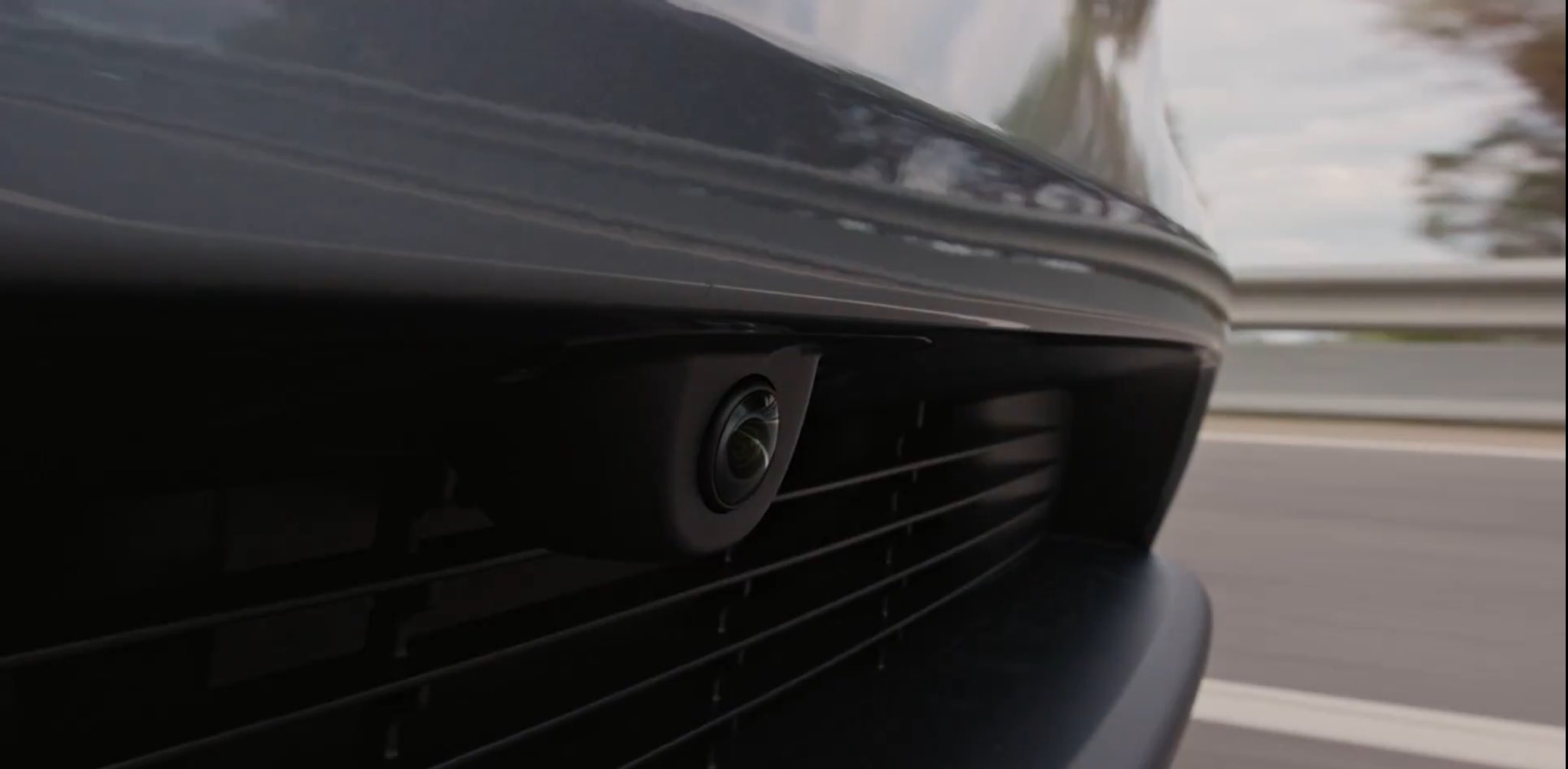
Tesla Model Y front lightbar and reflective rear lightbar
As was revealed upon Tesla’s initial release of the new 2025 Model Y, the design includes both a front lightbar and a reflective rear lightbar, both of which represent pretty major exterior changes from the legacy version of the SUV. In the video, Tesla’s Creative Manager of Design Sahm Jafari points out how the front lightbar makes the Model Y refresh look a little bit wider, along with boosting the amount of air running over the front tires for a slight improvement to aerodynamics.
Credit: Tesla | X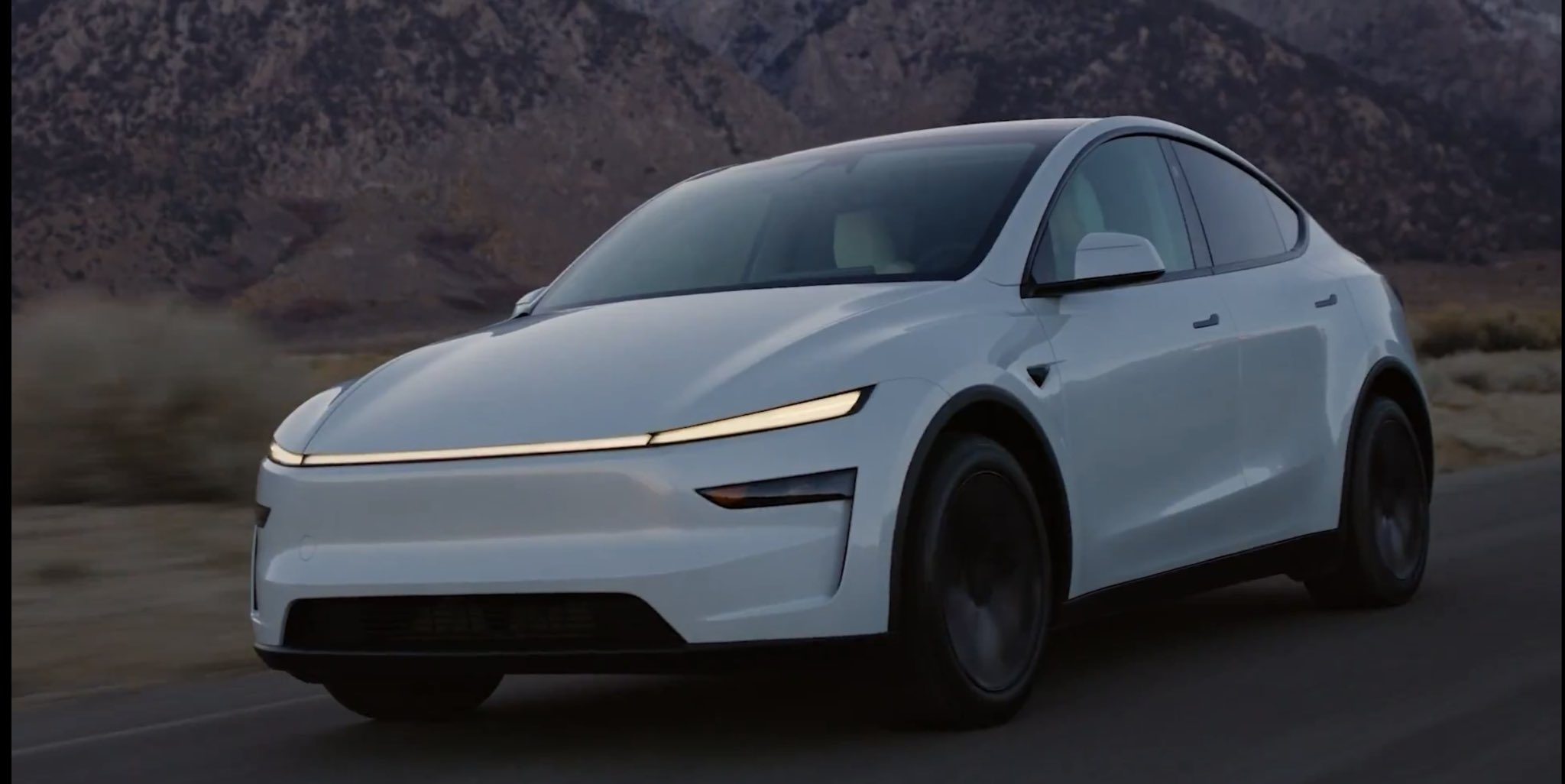
Tesla has released a deep dive on the design and engineering of the new Model Y.
There’s a great tidbit about giving it “its own unique personality,” and how the new light bar gives it a wider look.
Check it out:
— TESLARATI (@Teslarati) February 8, 2025
Tesla Model Y frunk and drain plug
The Model Y also includes what the company calls a more “utility-focused” frunk, including a drain plug that makes it easy to use the space as a wash station, cooler, or otherwise. Tesla also says it plans to release some new, specifically designed accessories for the Model Y frunk for even more use cases.
Credit: Tesla | X Credit: Tesla | X Credit: Tesla | X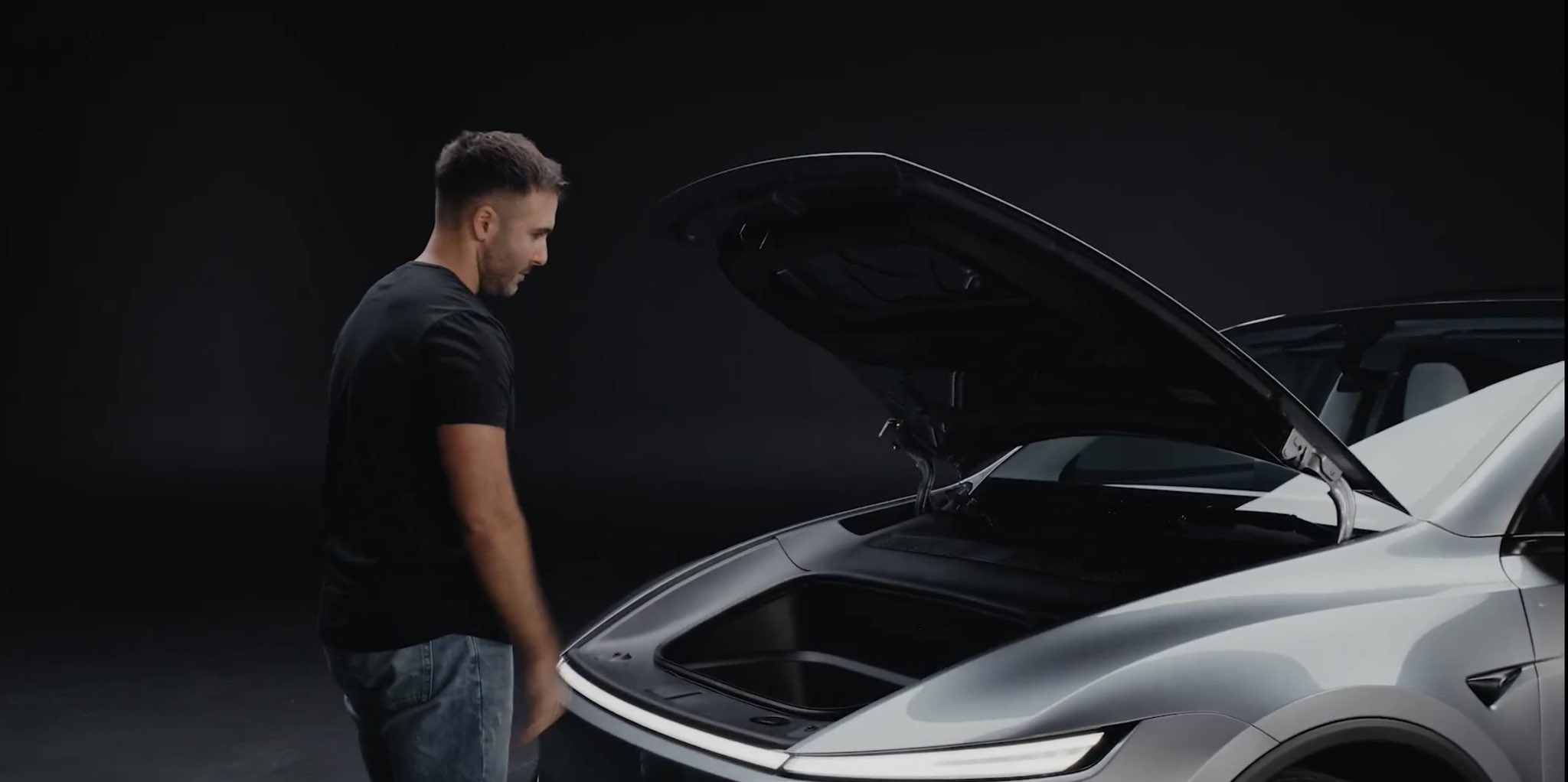

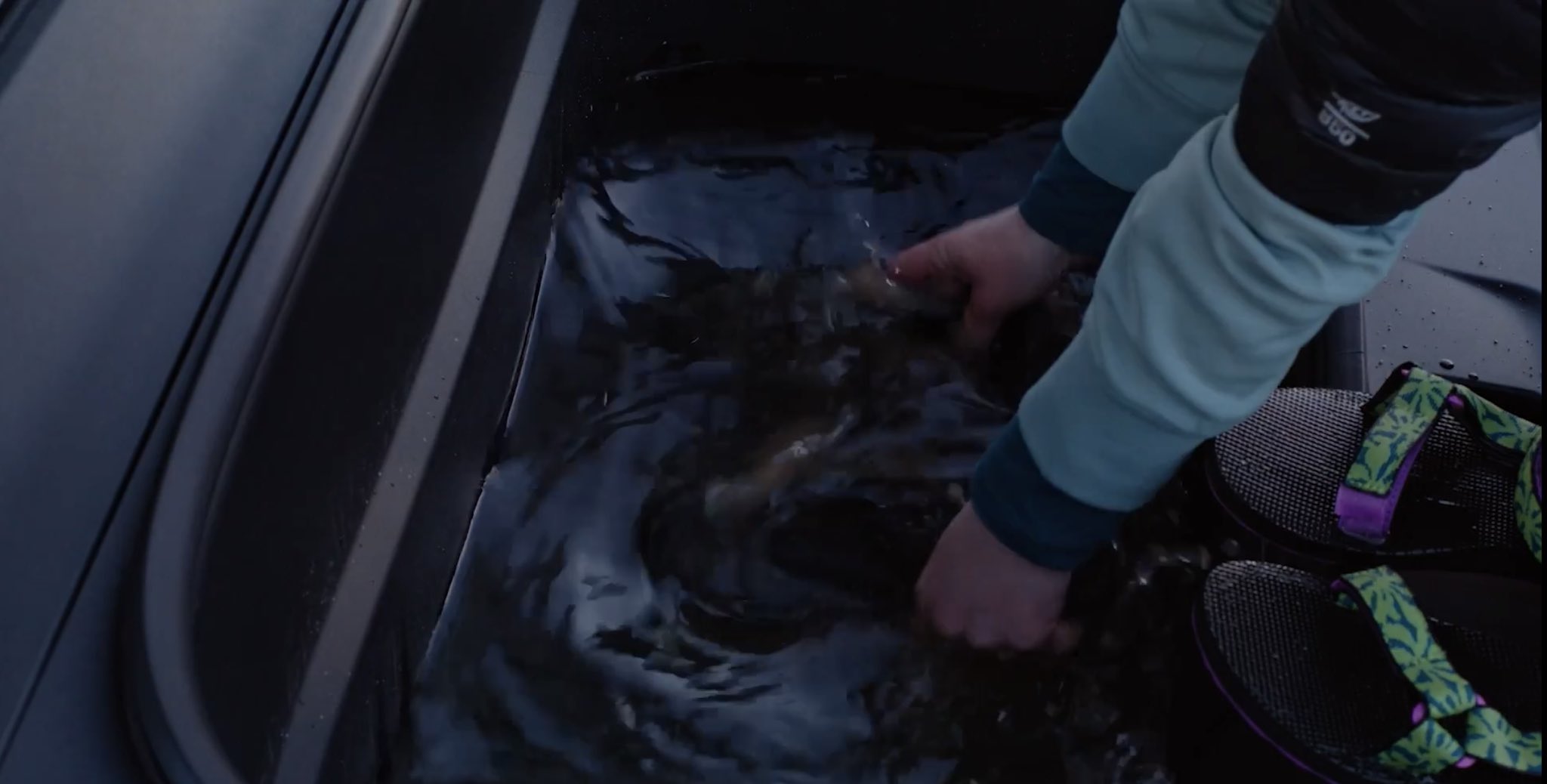
Tesla Model Y tires
The Model Y “Juniper” also comes with upgraded tires developed by Tesla to be even more efficient than the legacy model, offering lower resistance for improved handling and less in-cabin road noise.
Credit: Tesla | X Credit: Tesla | X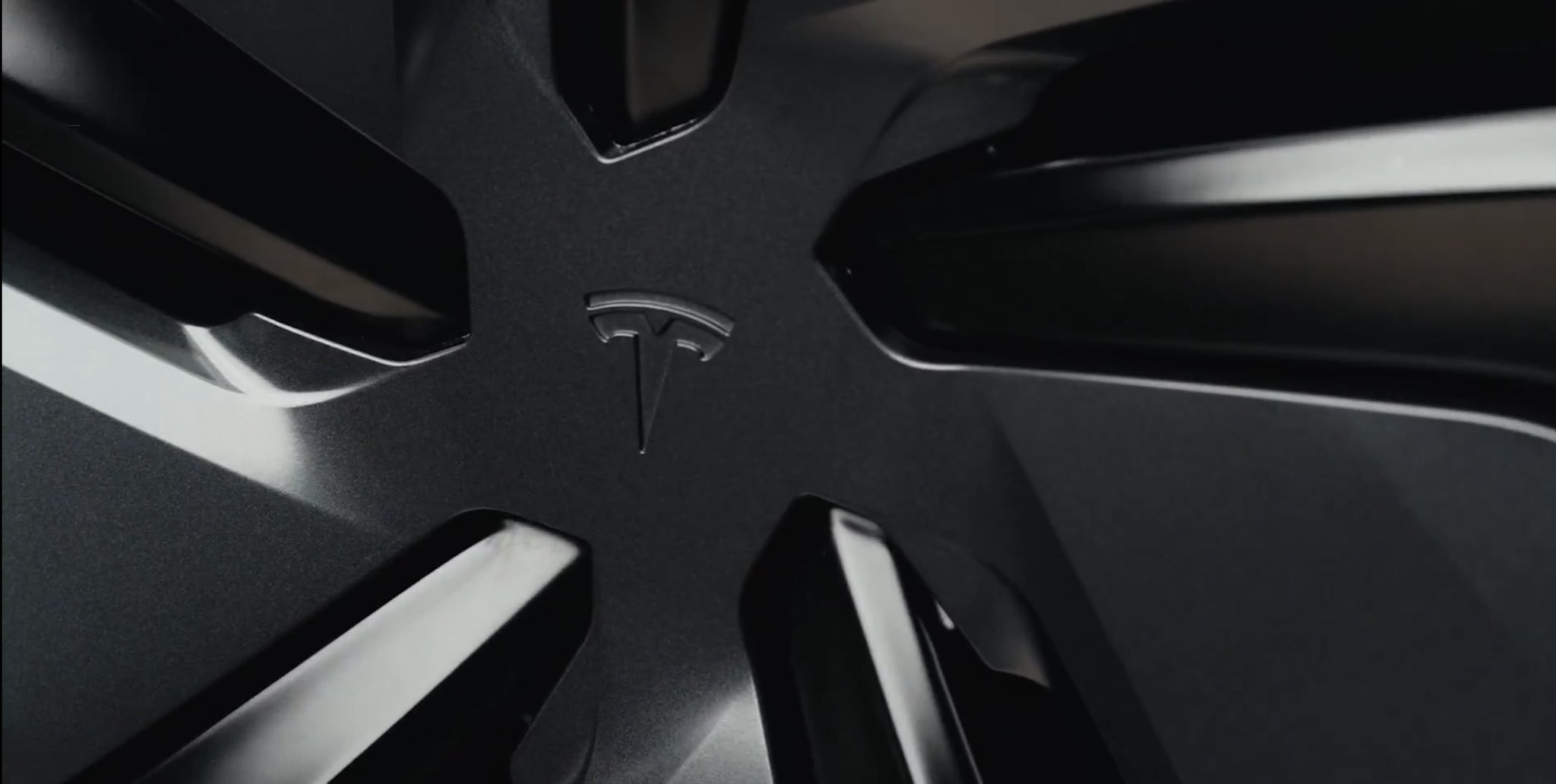
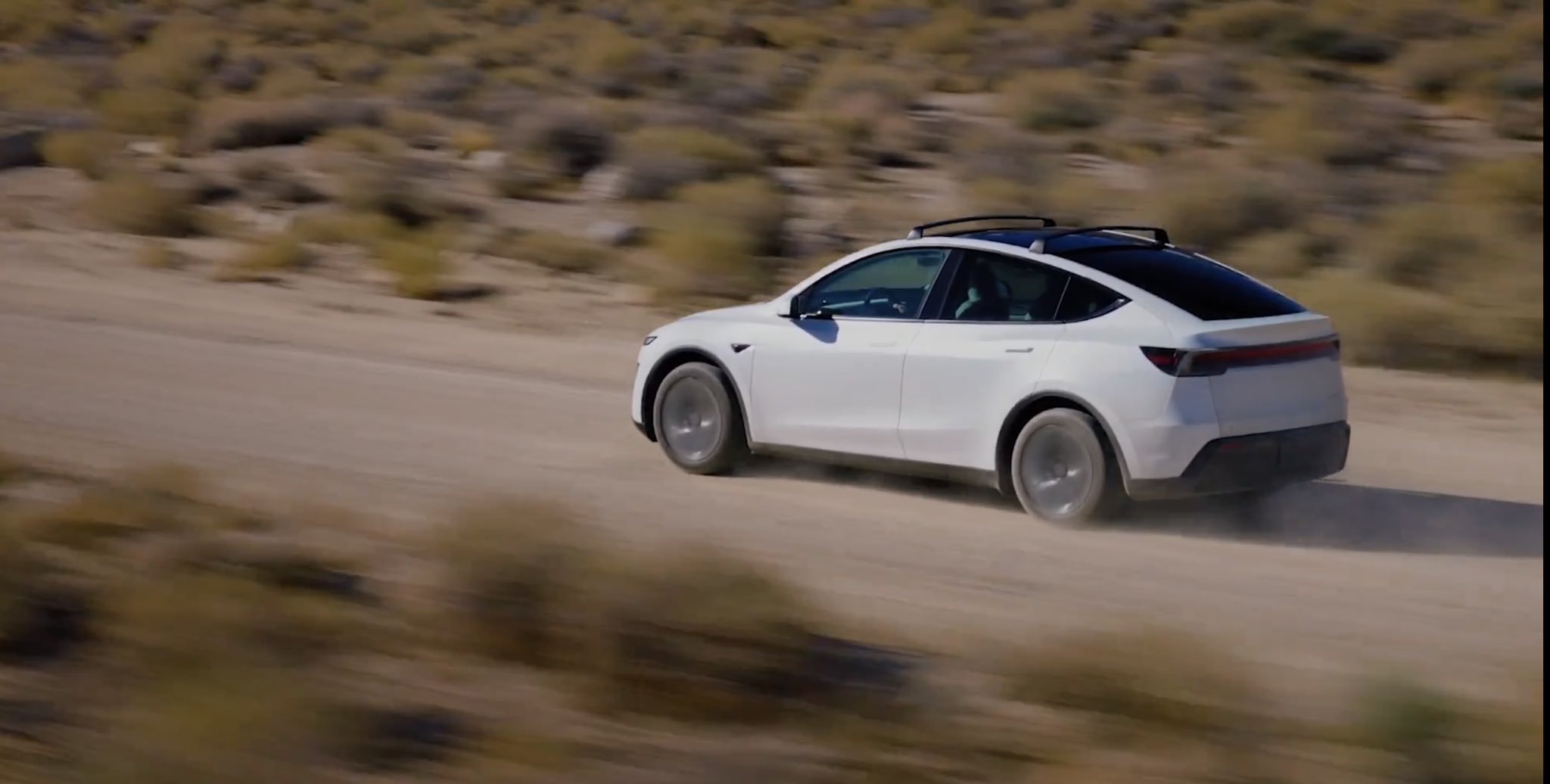
Tesla Model Y rear screen with Bluetooth pairing
The new Model Y also includes a rear infotainment screen with the ability to pair with up to two Bluetooth headsets, letting the driver and other passengers listen to the media of their choice while children or other rear passengers can tune into what they want. The vehicle includes 16 speakers total, and the video also contains details on how Tesla hid some of them to make the audio as immersive as possible.
Credit: Tesla | X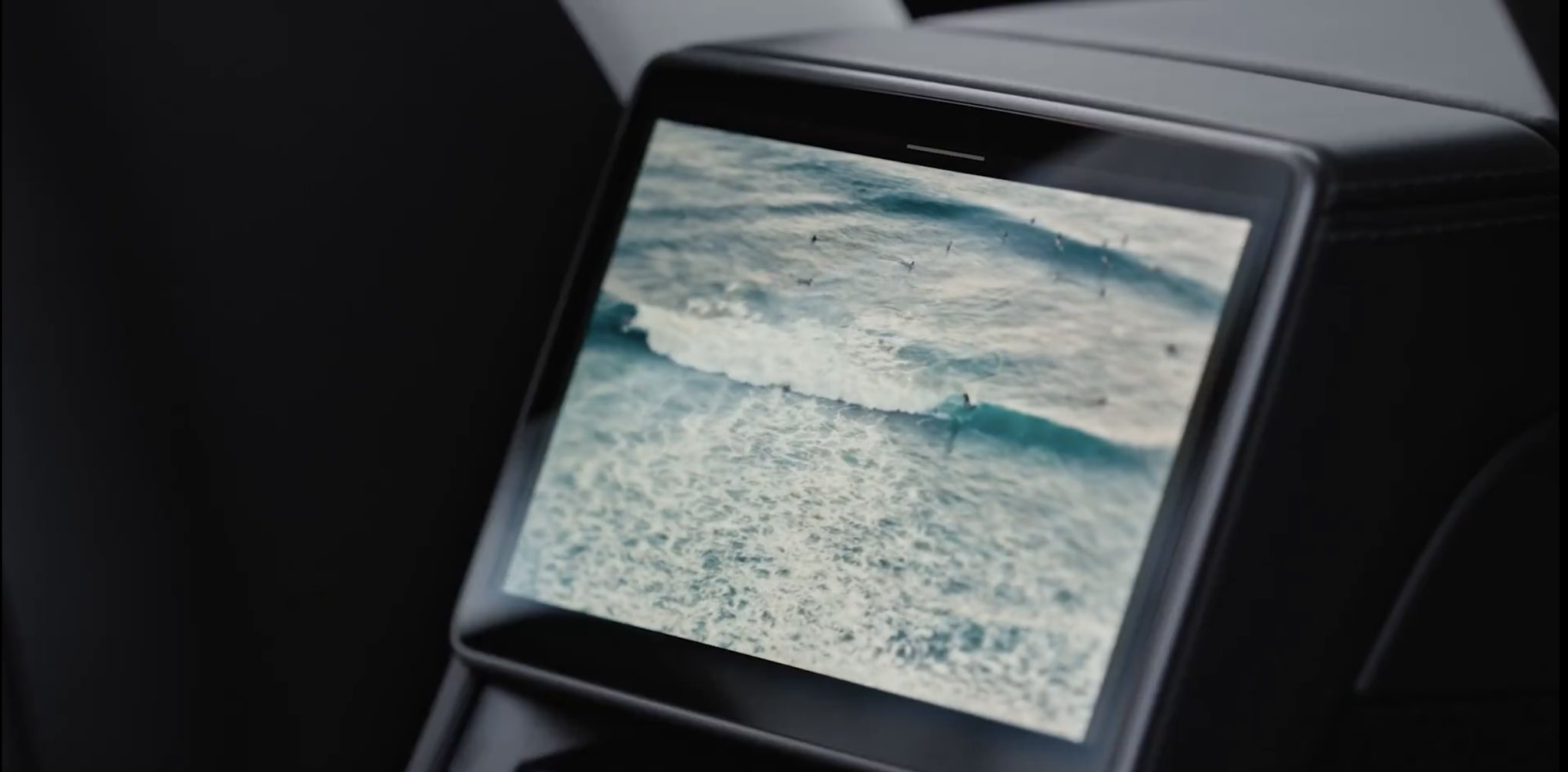
Tesla Model Y upgraded acoustic glass
Tesla’s upgraded acoustic glass and its other design improvements result in a noise reduction of 20 percent, according to the video. One of these improvements includes the vehicle’s upgraded seals, which let the blowers run at lower speeds than those of the legacy Model Y—ultimately contributing to the lower in-cabin volume.
Credit: Tesla | X
You can see the full video about the refreshed Model Y below, as released by Tesla on Saturday.
What are your thoughts? Let me know at zach@teslarati.com, find me on X at @zacharyvisconti, or send us tips at tips@teslarati.com.
Tesla is offering a crazy Supercharging incentive on its two ‘sentimental’ vehicles
Need accessories for your Tesla? Check out the Teslarati Marketplace:

Elon Musk
Elon Musk’s X will start using a Tesla-like software update strategy
The initiative seems designed to accelerate updates to the social media platform, while maintaining maximum transparency.

Elon Musk’s social media platform X will adopt a Tesla-esque approach to software updates for its algorithm.
The initiative seems designed to accelerate updates to the social media platform, while maintaining maximum transparency.
X’s updates to its updates
As per Musk in a post on X, the social media company will be making a new algorithm to determine what organic and advertising posts are recommended to users. These updates would then be repeated every four weeks.
“We will make the new 𝕏 algorithm, including all code used to determine what organic and advertising posts are recommended to users, open source in 7 days. This will be repeated every 4 weeks, with comprehensive developer notes, to help you understand what changed,” Musk wrote in his post.
The initiative somewhat mirrors Tesla’s over-the-air update model, where vehicle software is regularly refined and pushed to users with detailed release notes. This should allow users to better understand the details of X’s every update and foster a healthy feedback loop for the social media platform.
xAI and X
X, formerly Twitter, has been acquired by Elon Musk’s artificial intelligence startup, xAI last year. Since then, xAI has seen a rapid rise in valuation. Following the company’s the company’s upsized $20 billion Series E funding round, estimates now suggest that xAI is worth tens about $230 to $235 billion. That’s several times larger than Tesla when Elon Musk received his controversial 2018 CEO Performance Award.
As per xAI, the Series E funding round attracted a diverse group of investors, including Valor Equity Partners, Stepstone Group, Fidelity Management & Research Company, Qatar Investment Authority, MGX, and Baron Capital Group, among others. Strategic partners NVIDIA and Cisco Investments also continued support for building the world’s largest GPU clusters.
News
Tesla FSD Supervised wins MotorTrend’s Best Driver Assistance Award
The decision marks a notable reversal for the publication from prior years, with judges citing major real-world improvements that pushed Tesla’s latest FSD software ahead of every competing ADAS system.

Tesla’s Full Self-Driving (Supervised) system has been named the best driver-assistance technology on the market, earning top honors at the 2026 MotorTrend Best Tech Awards.
The decision marks a notable reversal for the publication from prior years, with judges citing major real-world improvements that pushed Tesla’s latest FSD software ahead of every competing ADAS system. And it wasn’t even close.
MotorTrend reverses course
MotorTrend awarded Tesla FSD (Supervised) its 2026 Best Tech Driver Assistance title after extensive testing of the latest v14 software. The publication acknowledged that it had previously criticized earlier versions of FSD for erratic behavior and near-miss incidents, ultimately favoring rivals such as GM’s Super Cruise in earlier evaluations.
According to MotorTrend, the newest iteration of FSD resolved many of those shortcomings. Testers said v14 showed far smoother behavior in complex urban scenarios, including unprotected left turns, traffic circles, emergency vehicles, and dense city streets. While the system still requires constant driver supervision, judges concluded that no other advanced driver-assistance system currently matches its breadth of capability.
Unlike rival systems that rely on combinations of cameras, radar, lidar, and mapped highways, Tesla’s FSD operates using a camera-only approach and is capable of driving on city streets, rural roads, and freeways. MotorTrend stated that pure utility, the ability to handle nearly all road types, ultimately separated FSD from competitors like Ford BlueCruise, GM Super Cruise, and BMW’s Highway Assistant.
High cost and high capability
MotorTrend also addressed FSD’s pricing, which remains significantly higher than rival systems. Tesla currently charges $8,000 for a one-time purchase or $99 per month for a subscription, compared with far lower upfront and subscription costs from other automakers. The publication noted that the premium is justified given FSD’s unmatched scope and continuous software evolution.
Safety remained a central focus of the evaluation. While testers reported collision-free operation over thousands of miles, they noted ongoing concerns around FSD’s configurable driving modes, including options that allow aggressive driving and speeds beyond posted limits. MotorTrend emphasized that, like all Level 2 systems, FSD still depends on a fully attentive human driver at all times.
Despite those caveats, the publication concluded that Tesla’s rapid software progress fundamentally reshaped the competitive landscape. For drivers seeking the most capable hands-on driver-assistance system available today, MotorTrend concluded Tesla FSD (Supervised) now stands alone at the top.
News
Elon Musk’s Grokipedia surges to 5.6M articles, almost 79% of English Wikipedia
The explosive growth marks a major milestone for the AI-powered online encyclopedia, which was launched by Elon Musk’s xAI just months ago.

Elon Musk’s Grokipedia has grown to an impressive 5,615,201 articles as of today, closing in on 79% of the English Wikipedia’s current total of 7,119,376 articles.
The explosive growth marks a major milestone for the AI-powered online encyclopedia, which was launched by Elon Musk’s xAI just months ago. Needless to say, it would only be a matter of time before Grokipedia exceeds English Wikipedia in sheer volume.
Grokipedia’s rapid growth
xAI’s vision for Grokipedia emphasizes neutrality, while Grok’s reasoning capabilities allow for fast drafting and fact-checking. When Elon Musk announced the initiative in late September 2025, he noted that Grokipedia would be an improvement to Wikipedia because it would be designed to avoid bias.
At the time, Musk noted that Grokipedia “is a necessary step towards the xAI goal of understanding the Universe.”
Grokipedia was launched in late October, and while xAI was careful to list it only as Version 0.1 at the time, the online encyclopedia immediately earned praise. Wikipedia co-founder Larry Sanger highlighted the project’s innovative approach, noting how it leverages AI to fill knowledge gaps and enable rapid updates. Netizens also observed how Grokipedia tends to present articles in a more objective manner compared to Wikipedia, which is edited by humans.
Elon Musk’s ambitious plans
With 5,615,201 total articles, Grokipedia has now grown to almost 79% of English Wikipedia’s article base. This is incredibly quick, though Grokipedia remains text-only for now. xAI, for its part, has now updated the online encyclopedia’s iteration to v0.2.
Elon Musk has shared bold ideas for Grokipedia, including sending a record of the entire knowledge base to space as part of xAI’s mission to preserve and expand human understanding. At some point, Musk stated that Grokipedia will be renamed to Encyclopedia Galactica, and it will be sent to the cosmos.
“When Grokipedia is good enough (long way to go), we will change the name to Encyclopedia Galactica. It will be an open source distillation of all knowledge, including audio, images and video. Join xAI to help build the sci-fi version of the Library of Alexandria!” Musk wrote, adding in a later post that “Copies will be etched in stone and sent to the Moon, Mars and beyond. This time, it will not be lost.”
